CA4SH and cross-sectoral co-conveners presented at the World Water Week
What do water and soils have in common? They are both catalysts for transitioning to sustainable food systems when managed under regenerative agricultural practices.
Regenerative agriculture to value water and soils was the focus of day 4 of the Stockholm International Water Institute World Water Week (SIWI WWW), held on September 1st, 2022, hosted by the International Union for Conservation of Nature (IUCN). The Coalition of Action 4 Soil Health (CA4SH), supported by the World Agroforestry Centre (ICRAF), joined co-conveners the IUCN, Climate Farmers, United Nations Convention to Combat Desertification (UNCCD), Nestle, the PaTree Initiative, and International Institute for Applied Systems Analysis (IIASA) in leading this day of the congress.
According to the IUCN, the goal of the event was to “examine the state of knowledge about soil health and hydrological ecosystem services, barriers to progress, and opportunities for scaling up approaches that safeguard both food and water security.”
CA4SH’s Dr Leigh Winowiecki presented on linking soil health and hydrologic function as per the CA4SH portion of the agenda, stressing that “healthy soil is critical for delivering multiple ecosystem functions and services” including water management and provisioning.
Regenerative agriculture is an ideal solution for scaling soil and water health, not least due to a focus on reducing soil erosion and compaction through continuous plant cover and high soil organic content. These practices encourage water percolation instead of runoff and take advantage of healthy soils’ natural water filtration, drought management and carbon storage capabilities.
The Regenerative agriculture for valuing water and soils day of SIWI WWW emphasised the importance of strengthening the case for valuing water in agriculture and acting to scale approaches that safeguard food and water.
Dr Winowiecki answered this call by noting that soil health can indeed be improved through stewardship, but there are conditions that we need to scale to create an enabling environment.
This environment is characterised by:
established interventions that are informed by robust monitoring of land use and degradation,
incentivised farmer innovation to tailor healthy soil practices that meet their needs and,
leveraged private-public sector engagement that brings equitable financial incentives that bolster farmer participation and help them overcome economic barriers to advancing soil health. (CA4SH itself is a great example of this through our initiatives like the #SoilResolution for UNCCD #COP27Soil!)
But what comes first, the chicken or the egg?
Translating science into action using monitoring tools is no easy feat if folks don’t have the support on the ground to use them. Furthermore, interventions need to be locally relevant, but how can we build a system without feedback from the people they affect?
The Regreening Africa initiative, a CA4SH focal partner, is working diligently to marry these conditions within one system. Through targeted trainings, users from across sectors and at every scale can contribute to their open-source, citizen-science database of land use and land degradation. Regreening Africa is supported by an app and dashboard that make adding and accessing data just a click away.
Regreening Africa is supported by the Land Degradation Surveillance Framework (LDSF), which is a tool for monitoring land degradation, developed by ICRAF. Data collected under the LDSF also culminates into a database which feeds part of the available data from the Regreening Africa dashboard. The ICRAF team in Nairobi, Kenya is able to process up to 600 soil samples a day!
Indicators to monitor land health are not just found below ground; current and historical land use and present plant cover are features that make water and soil inextricably linked through their physical processes, contributions to global food security and pathways to safeguarding.
Dr Winowiecki emphasised this at the SIWI WWW, explaining that trees play an essential role in soil infiltration capacity and preferential flow, aerating soil so that water can pass through it more easily.
Improving our understanding of the linkages between soil health and the availability of quality water was a key outcome of the SIWI WWW this past month.
Improved infiltration, groundwater flow, aquifer recharge and a decrease in runoff are highly achievable outcomes of regenerative agriculture that can contribute to scaling drought and flood-resilient societies and food systems.
Even though agriculture has traditionally been one of the main drivers of land and water degradation, it can also be the catalyst for regeneration and the resilience of our food and water systems, starting from the ground up.


